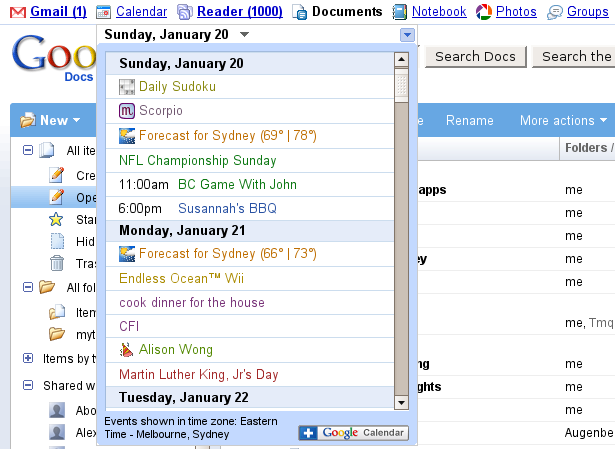A. The quantity in Column A is greater.
B. The quantity in Column B is greater.
C. The two quantities are equal.
D. The relationship cannot be determined from the information given.
These questions can be devilishly tricky (particularly when the answer is D). Consider this classic example:
x > 0
| Column A | Column B |
|---|---|
| 2x | (2x)2 |
Many students will only consider integer values of x and choose B as their answer, which is incorrect. What if x is ¼? Then the value of Column A is ½ and the value of Column B is ¼, so Column A is greater! But if x is any value larger than ½, then Column B will be greater. This means the correct answer must be D. (I deliberately chose 2x instead of x to eliminate the case where trying x=1 makes the two columns equal and trying any x>1 makes Column B greater, which makes it easier to come up with D as the right answer.)
So that is a quantitative comparison question. Like many upper-middle-class kids from the northeast, I took the SATs for the first time in the 7th grade to try to get into CTY. I didn't know what CTY was at the time, but my mother did, and fortunately for me, she recognized what a tremendous opportunity it would be for me to go. Mom bought me my first copies of 10 SATs and Cracking the SAT that year. (I say "first copies" because I had to buy new ones the following year when they re-centered the scoring and changed the test.) The SAT became my new challenge, and I've been kinda obsessed with the thing ever since.
Which is why while pondering the most efficient route on my walk to work, which involves walking around an arc (a rarity in New York City), I have developed the following Quantitative Comparison question:

CE and BD are 90° arcs on circles which are concentric at point A. Segment AC is greater than segment AB.
| Column A | Column B |
|---|---|
| The length of arc CE. | The length of arc BD plus the length of segment DE. |
And also the following quantitative comparison question for the same diagram:
| Column A | Column B |
|---|---|
| The length of arc CE. | The length of segment CB plus length of arc BD plus the length of segment DE. |
I'll write a follow-up post with the answers in a couple of days. I know I found the result surprising (and now I know the best way to walk to work)!

